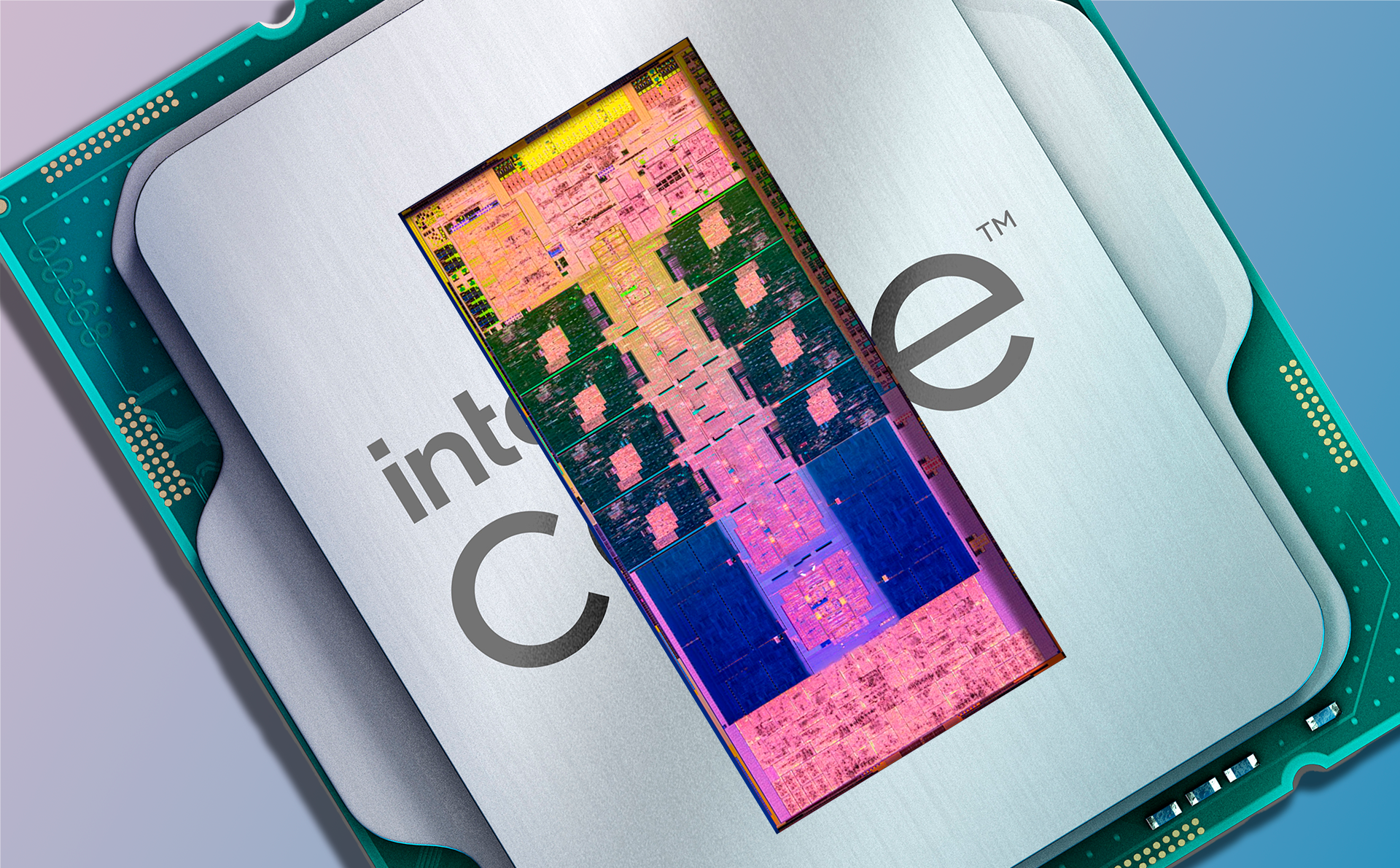
Intel's Patent for 'Software Defined Super Cores' May Not Debut Soon
Intel's new patent hints at a potential shift in CPU design towards efficiency and performance, but real-world implementation could be years away.
In the realm of CPUs, patent filings are so commonplace that it’s almost pointless to track them all. However, Intel’s recent application has caught attention due to its innovative proposal to boost a CPU’s performance-per-watt efficiency. It suggests that Intel’s mixed design philosophy for processors might eventually transition to a fully E-core framework.
Originally submitted to the US Patent Office at the end of 2023, Intel’s request for its so-called ‘software defined super cores’ (SDCs) is still under consideration. Given the extensive R&D, testing, and documentation needed for such patents, it’s evident that Intel has been at work on this for a significant period.
Despite this, the likelihood of seeing SDC technology in the upcoming Core Ultra chips seems slim. In fact, it’s possible that these super cores might never make it to market. Just because Intel files a patent doesn’t guarantee its implementation, especially if it proves too costly or dependent on external factors.
The concept behind SDC is straightforward. In a typical gaming PC, each physical core handles tasks from one or two threads. SDC aims to address this by analyzing and distributing incoming threads across cores located close to each other, resulting in improved core usage and efficiency.
For more insight, the patent elaborates that relying on high-performance cores via frequency boosts is less efficient in performance-to-watt ratios. Instead, Intel advocates for building larger, high IPC cores that are strongly dependent on advancements in manufacturing processes. If realized, this shift could mean a future devoid of distinct P- and E-cores, favoring a uniform architecture with multiple identical cores, enhancing performance and efficiency in gaming and processing tasks.
